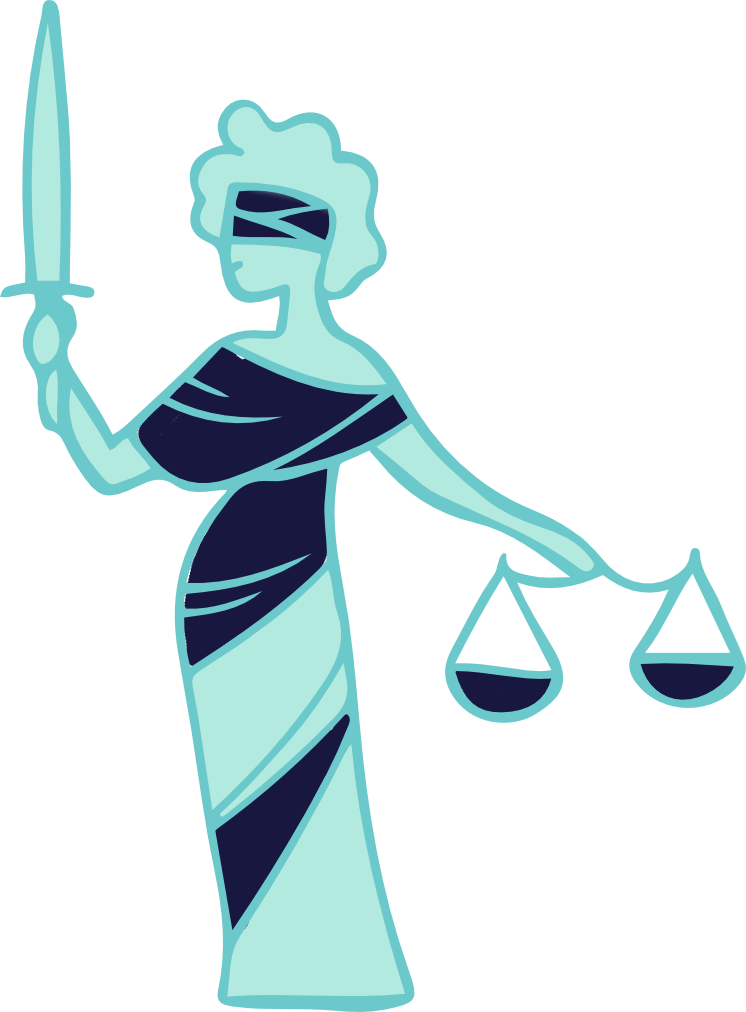A Path from Ethical Principles to Law
The Issue
The key components of the proposed regulatory framework include:
A set of ethical principles, which are drawn from the work of the EU’s High Level Expert Group on AI;
Establishment of national supervisory authorities within Member states to assess the risk and monitor if any AI or associated technologies are at high risk of breaching the ethical principles;
Establishment of an EU Agency on AI to supervise the application of the proposed regulation, ensure harmonisation across member states as well as developing a European certificate of compliance with ethical principles.

(9) Any artificial intelligence, robotics and related technologies, including the software, algorithms and data used or produced by such technologies, which entails a high risk of breaching the principles of safety, transparency, accountability, non-bias or nondiscrimination, social responsibility and gender balance, environmental friendliness and sustainability, privacy and governance, should be considered high-risk from a compliance with ethical principles perspective where that is the conclusion of an impartial, regulated and external risk assessment by the national supervisory authority [my highlights].
(10) Notwithstanding the risk assessment carried out in relation to compliance with ethical principles, artificial intelligence, robotics and related technologies, including the software, algorithms and data used or produced by such technologies, should always be assessed as to their risk on the basis of objective criteria and in line with relevant sector-specific legislation applicable in different fields [my highlights] such as those of health, transport, employment, justice and home affairs, media, education and culture.
Explanatory Statement
In 1982 film ‘Blade Runner’, Rachael, a ‘replicant’ who works for a company that manufactures other ‘replicants’ – sentient humanoid robots – says to Deckard, a bounty hunter who makes his living eliminating rogue replicants:
– ‘It seems you feel our work is not a benefit to the public.’
Deckard replies:
– ‘Replicants are like any other machine – they’re either a benefit or a hazard. If they’re a
benefit, it’s not my problem.’
The EU’s role in establishing a legal framework
When public administrations address this phenomenon we cannot, however, adopt Deckard’s
professional cynicism. For the European Parliament it is just as important to harness these
technologies’ potential benefits for Europe’s well-being and competitiveness as it is to
monitor their inherent risks, or to pre-empt the consequences of the any of those risks actually manifesting itself……
Our View
Open questions:
- Are works of popular science fiction the appropriate inspiration for creating the right legal and ethical frameworks for AI? If so, perhaps we should systematically tap into our creative arts communities to start to imagine and explore plausible AI futures?
- When creating legal rules, are ethical principles the best starting point when legal rules describe what we must do while ethical principles describe what we ought to do?

